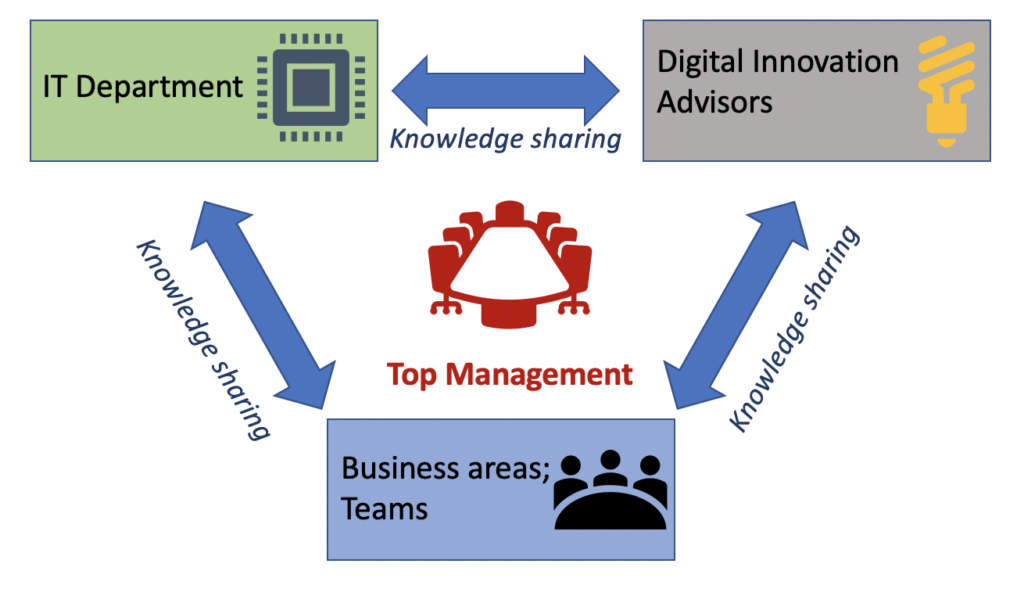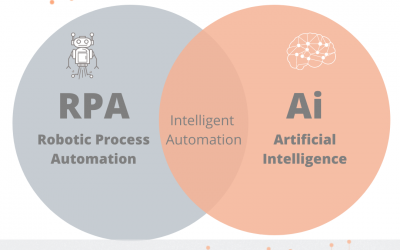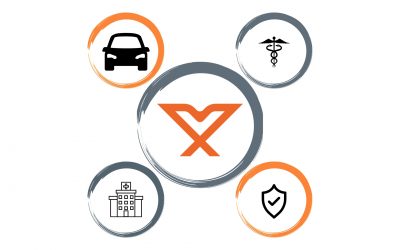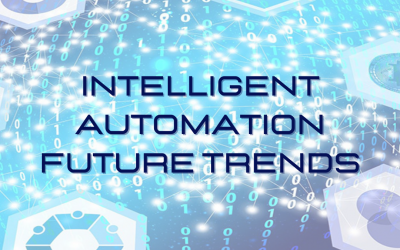The so-called “democratization of process automation” sets the urgency of educating organizations, at all levels, about these new technologies, and this is not really new in the IT world.
What’s new is that organizations must manage this education process in a very different fashion than before.
I recently wrote in a post (here below) that Digital Transformation leaders’ top priorities are: 1) to Evangelize; 2) to Assess, and 3) to Plan.
In this article, I’d like to share my views on how to evangelize companies on these brand-new technologies appropriately.
The critical issue companies are facing today regarding digital transformation technologies is double-faced. On one side, the number of technical solutions, vendors, and offering models is enormous, and all this can be overwhelming for those who are not familiar with information technology. Digital Innovation advisors are critical to this specific regard because they can help business and IT managers assess strategic technology trends and their impact and potential for competitive advantages.
On the other end, thanks to the ease of access to these technical solutions, the number of initiatives within a single company, often siloed and uncoordinated to each other, can be considerable. Gartner estimates that over 70% of commercial enterprises have dozens of hyperautomation initiatives ongoing.
The big difference I can see with the past is the characteristic of digital technologies to be pervasive, thanks to the fact that:
1. They are easily accessible from an economic standpoint (their costs are often affordable within the budget and the responsibility of a business area), and
2. They are readily available to be implemented almost without consulting, indeed without control by the IT department, which is only involved in dealing with the very low-level issues of autonomous digital initiatives (e.g., setting up a VPN).
This “pervasiveness” gives the chance to middle managers to launch their own digital transformation initiatives, with very limited involvement of the top management as well, who can be also unaware of the capabilities of digital technologies, giving up the crucial role of digital transformation champions.
Top leaders from any company must have clear in mind that, very soon, everything that can be automated will be automated, either in a disciplined and investment-wise manner or not. The only chance left to them is to decide to lead this transformation or be dragged by it.
To tackle this situation, what I believe business leaders must urgently do is, prior to any other action, to centralize and govern the acquisition, the diffusion, and the re-use of information and knowledge on digital technologies and ongoing initiatives benefits, and their issues. Then, before it is too late, top managers must take the lead and oversee the education process of their people, at any level, on digital technologies.
To be clear: I’m not proposing to centralize the management of each and any digital transformation initiative. What I am proposing is to start first with quickly centralizing ONLY the process of acquiring and diffusing the knowledge on digital technologies and the ongoing initiatives within a company, involving heavily the IT department on this activity of education.
(I’ll leave the discussion about centralizing and managing the digital initiatives themselves to another article because I think this is a totally different matter).
The characteristic of the pervasiveness of digital technologies has also a great impact on the “HOW-TO” of this knowledge diffusion. While yesterday’s education on IT technologies was merely “top-down” and limited to how to use it, today it must be “bidirectional” and extended to discussing the business benefits and issues, simply because this evaluation, if not already started at the business level, it will be soon.
Thus, I believe that top managers must give their employees, regardless their seniority, their position within the company, and their level of proficiency on information technology, the chance to give suggestions and to express their opinions about these topics, for three main reasons:
1. This “bidirectional” approach gives a clear sign that the company’s leadership is taking care of digital transformation and at the right speed, and it is listening to very urgent business needs;
2. It helps share the knowledge and experience about digital technologies, the benefits and the problems they can bring, fast and thoroughly with the rest of the company;
3. It prevents that single parts of the organization take a divergent route on the adoption of digital technologies, with no awareness from the top management (not to mention the IT department, which is crucial to be involved here, I believe).
In a summary, as illustrated in the picture below, top managers must be at the centre and govern this bidirectional process of acquiring and diffusing knowledge on digital technologies, among their business areas, the IT department, and their digital innovation advisors.
In my view, this is the type of “evangelism” on digital technologies that any company must implement, prior to launch any digital initiative or before too many initiatives are launched, to prevent jeopardizing any attempt to devise and implement a sounding Digital Transformation strategy.
(*) Gartner defines Hyperautomation as the “orchestrated use of multiple technologies, tools or platforms (inclusive of, but not limited to, AI, machine learning, event-driven software architecture, RPA, iPaaS, packaged software and other types of decision, process and/or task automation tools).”
Articolo scritto da Giovanni Sestili, Executive Chairman di Vincix Group







Commenti recenti